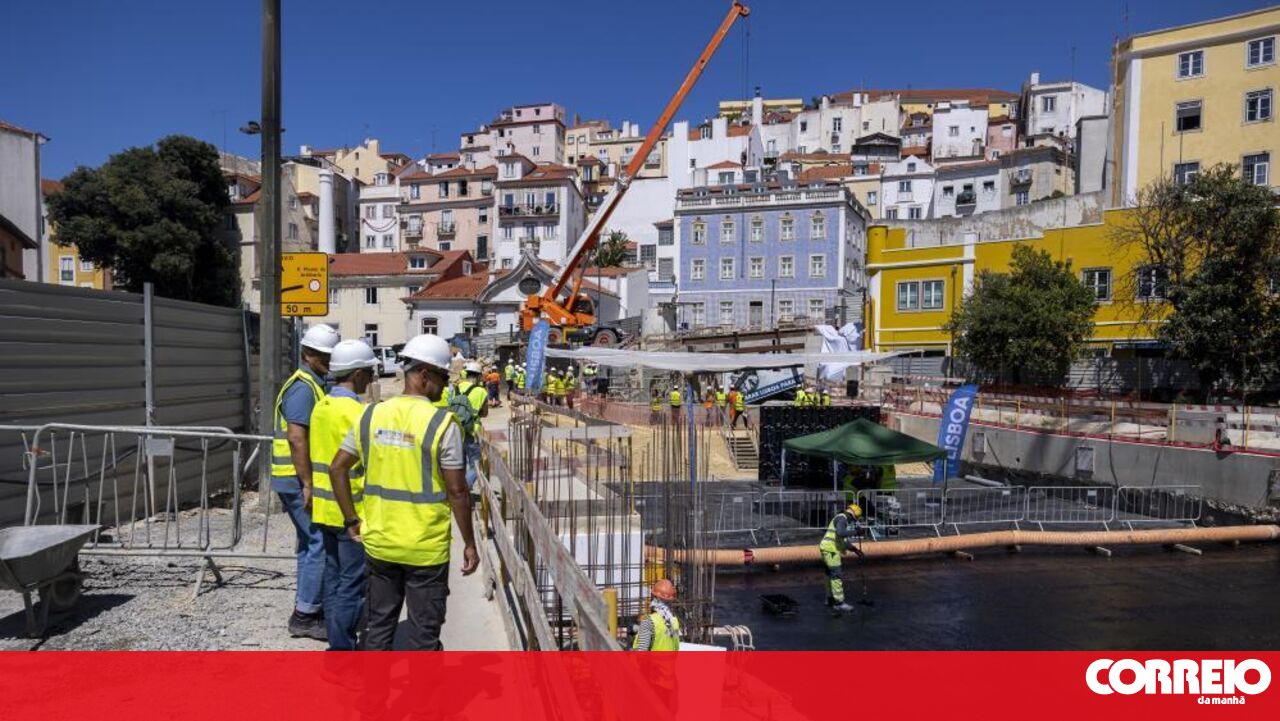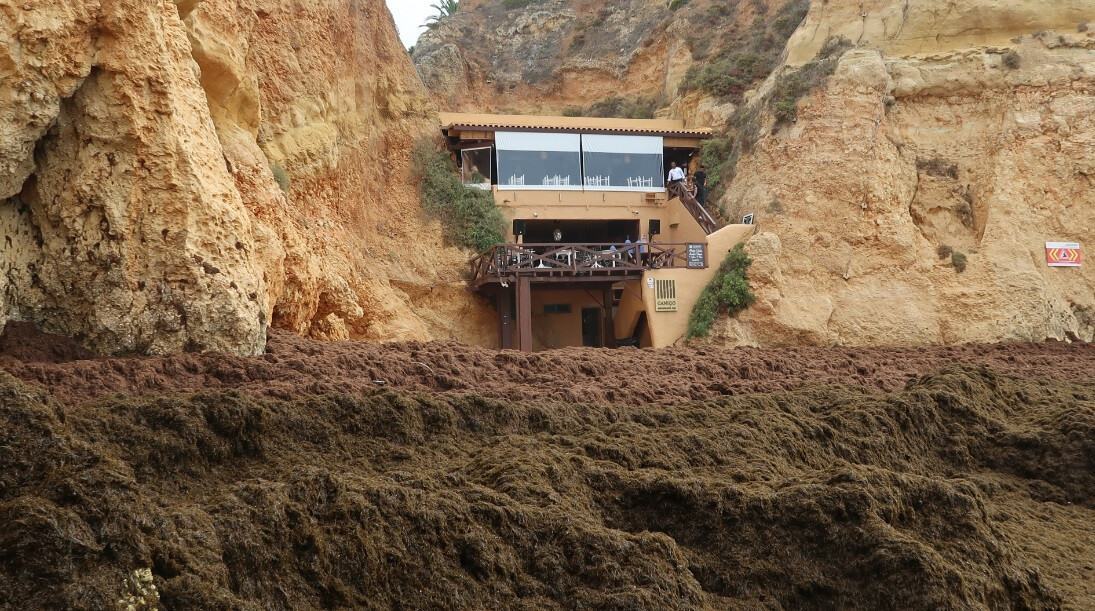Lisbon takes a monumental step forward in urban resilience with the completion of the first tunnel under its General Drainage Plan (PGDL). This 5-kilometer engineering marvel connects Campolide to Santa Apolónia, aiming to prevent floods and harness rainwater for reuse.
A Historic Achievement
The inauguration ceremony was graced by Lisbon's Mayor Carlos Moedas (PSD), Environment and Energy Minister Maria da Graça Carvalho, and European Commissioner for Environment, Water Resilience, and Competitive Circular Economy, Jéssica Roswall. "Today marks a historic day for Lisbon, showcasing the largest project of its kind in continental Europe," Moedas proudly stated.
Engineering Marvel Beneath Lisbon
Diving 40 to 70 meters underground, the tunnel navigates beneath iconic landmarks including Avenida da Liberdade and Hospital de Santa Marta. Beyond flood prevention, it features a 17,000 cubic meter reservoir for rainwater reuse, addressing water scarcity and climate change challenges.
Government and EU Praise
Minister Carvalho highlighted the project's alignment with national priorities on water efficiency and loss reduction. Commissioner Roswall commended Lisbon's proactive stance on water resilience, a key EU focus area.
Looking Ahead
With the first tunnel now operational, construction on a second tunnel linking Beato to Chelas is set to begin, expected to conclude by late 2026. The PGDL, with a total investment of 250 million euros, represents a critical infrastructure upgrade for Lisbon, initiated in 2015 and accelerated under Mayor Moedas' leadership in 2023.






















Comments
Join Our Community
Sign up to share your thoughts, engage with others, and become part of our growing community.
No comments yet
Be the first to share your thoughts and start the conversation!